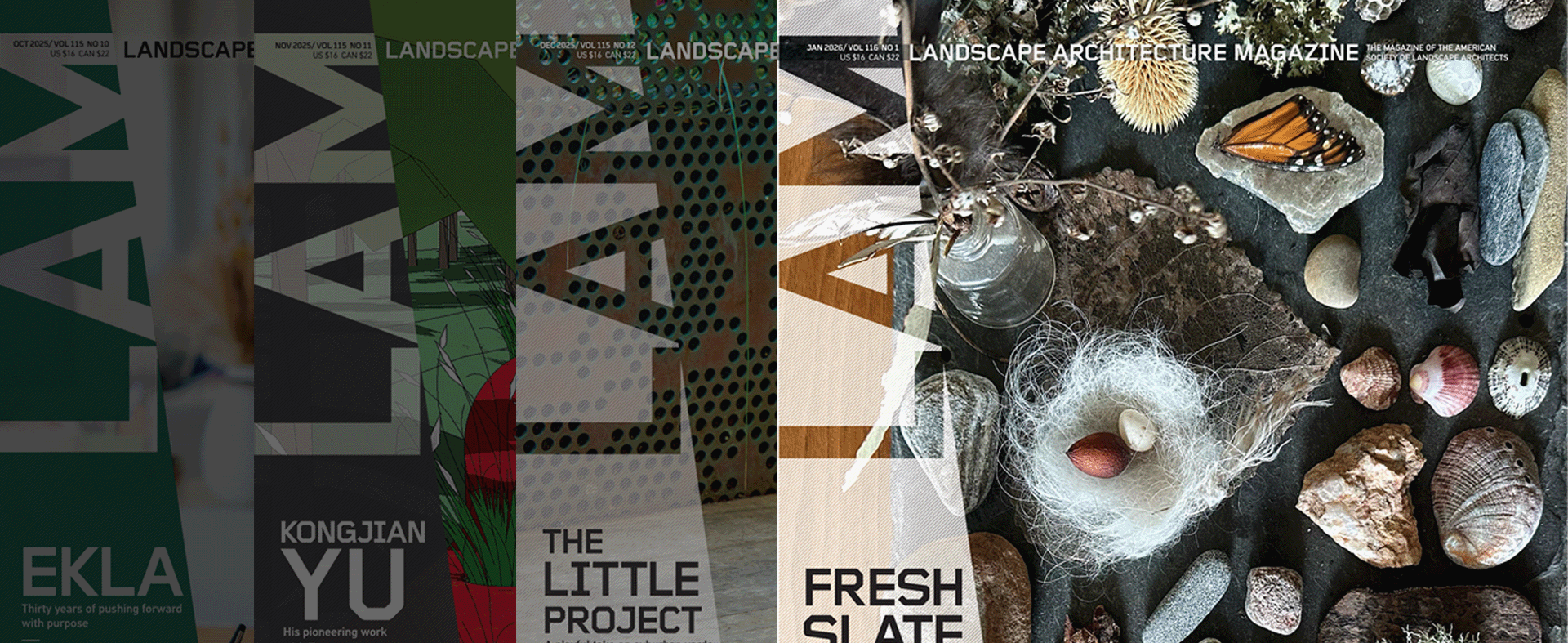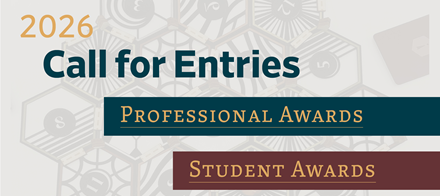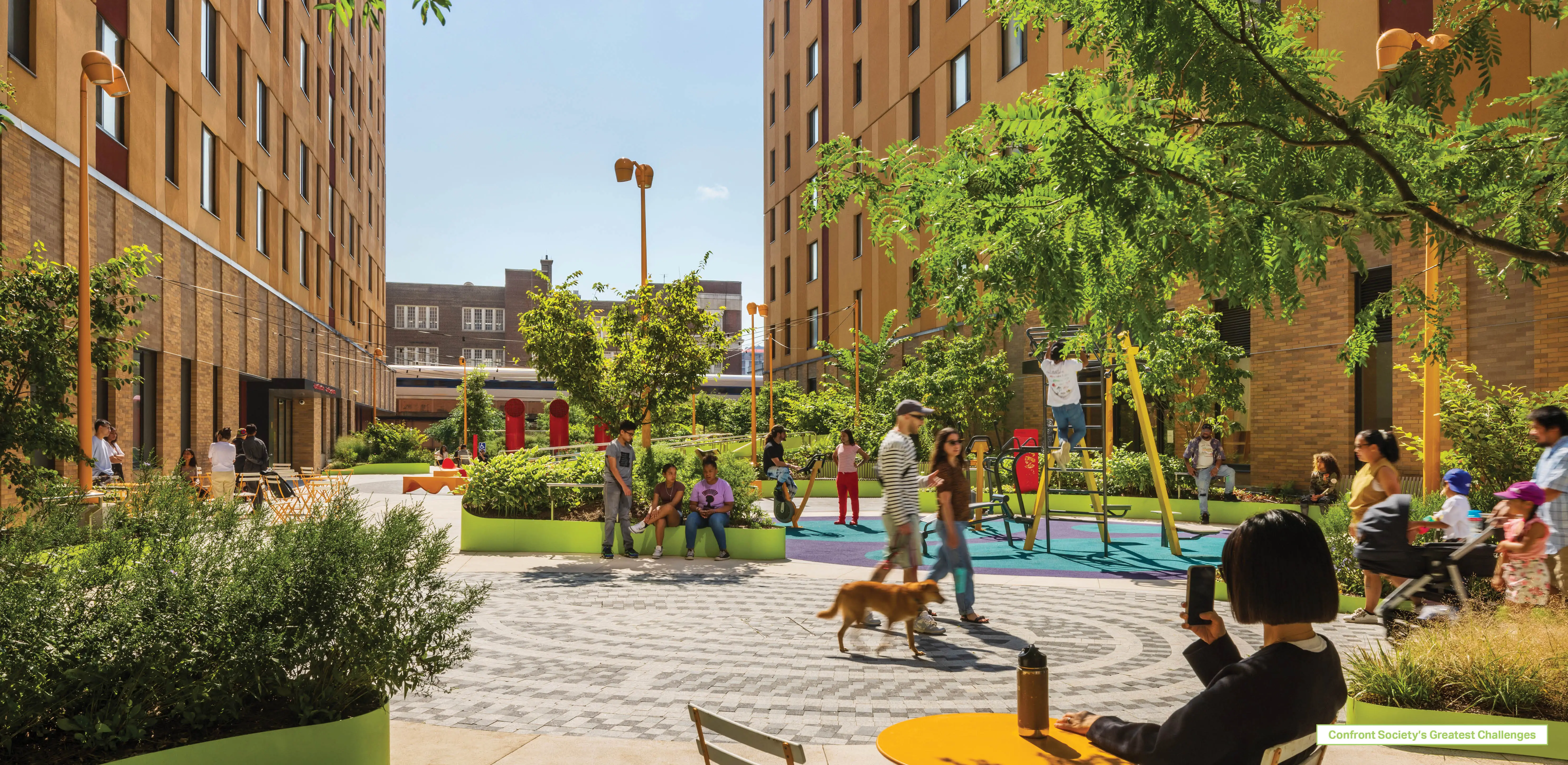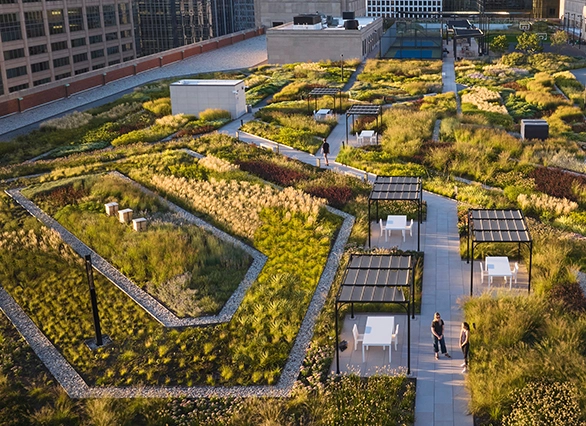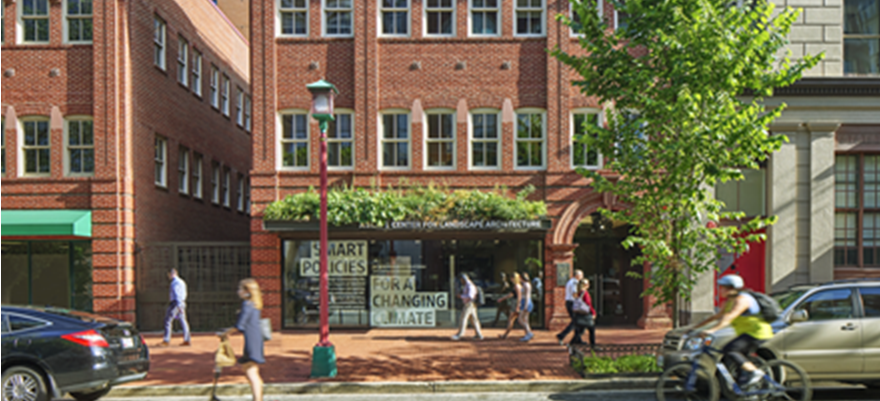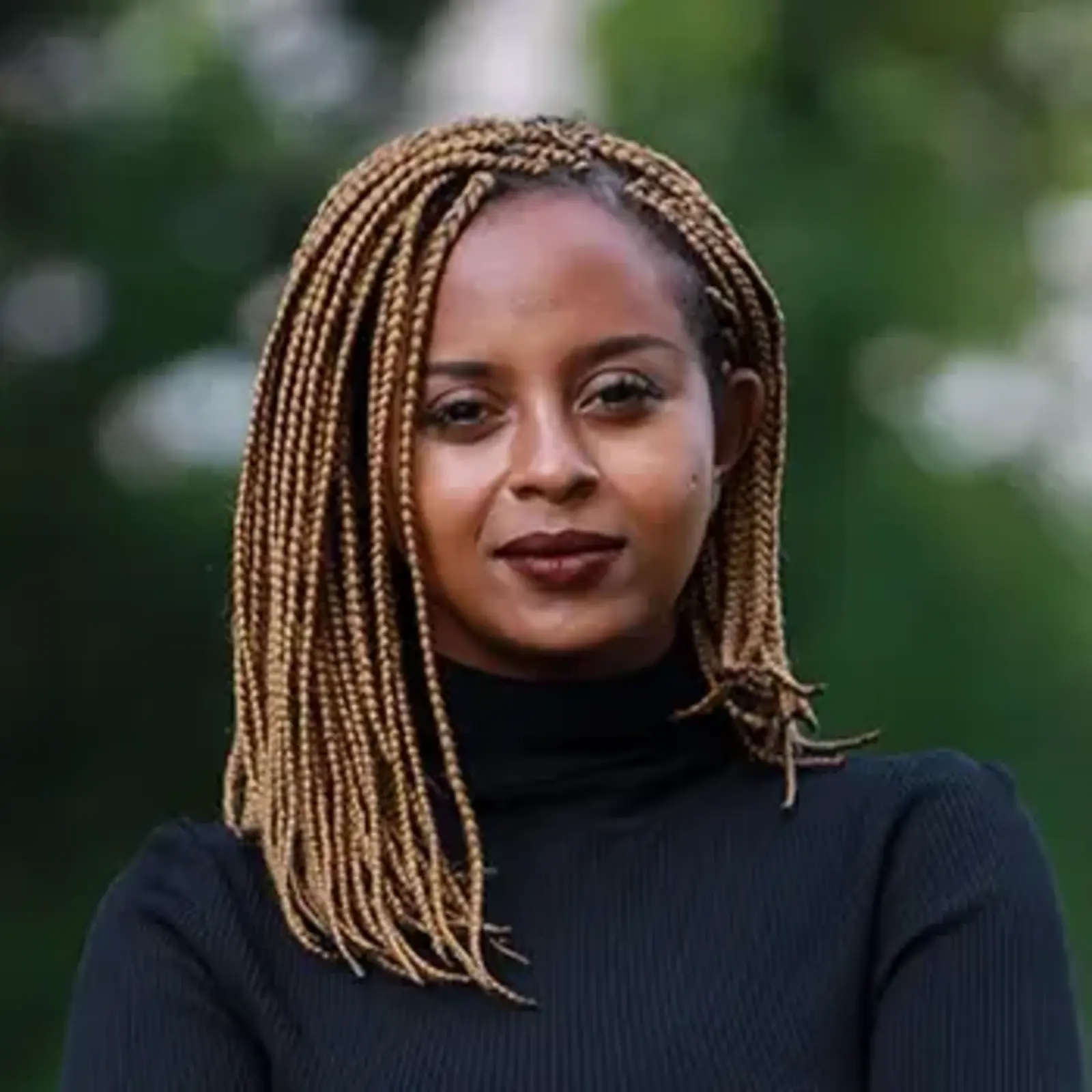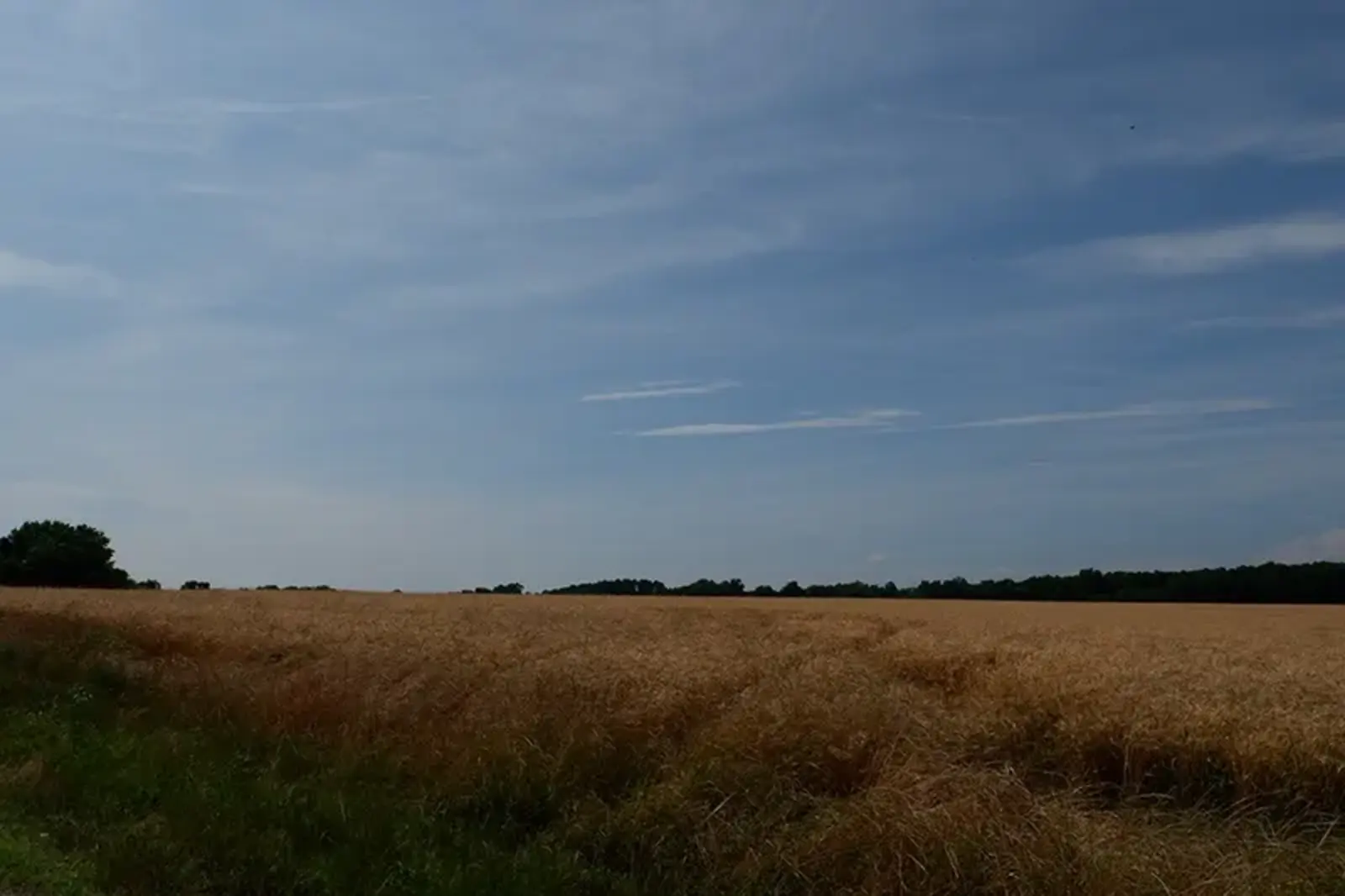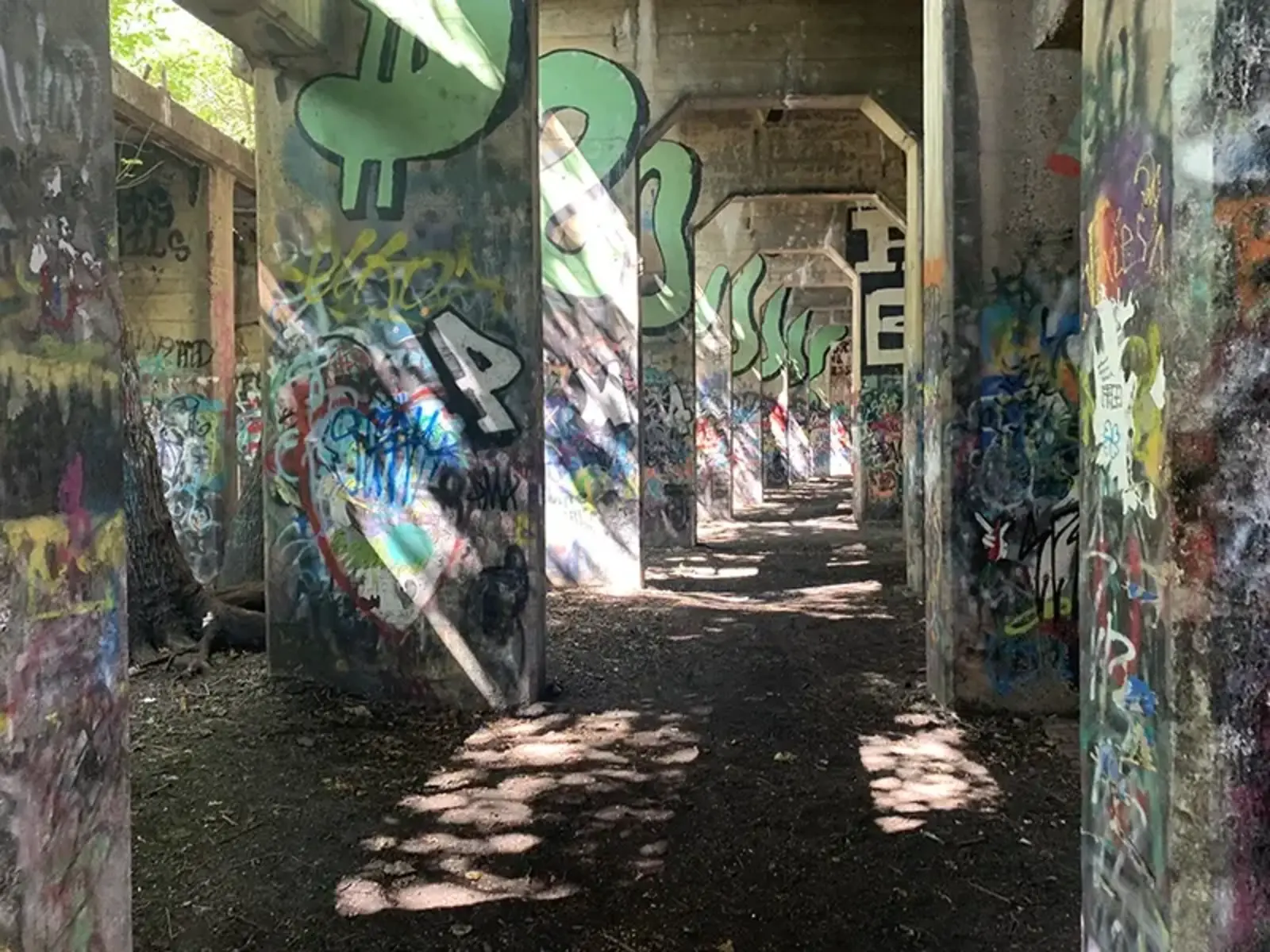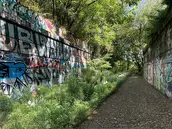Sara Zewde, ASLA
on Finding Creative Inspiration from People and Place
Over the past few years, you have led the reinterpretation of Frederick Law Olmsted as part of Olmsted 200. You just signed a contract for a new book on Olmsted and his journeys through the South, which he documented in The Cotton Kingdom. Your book is tentatively entitled Finding Olmsted and will be published by Simon & Schuster. Can you tell us about your interest in him?
To be honest with you, I did not pursue landscape architecture because of Olmsted, nor did I have a burning desire to work on Olmsted after learning about him. What happened was that I learned about Olmsted’s time in the South, writing about the conditions of slavery as a correspondent for The New York Times, in passing. I grew up in the South, and while I studied urban sociology, city planning, and landscape architecture, the South wasn’t very present in the curriculum formation. And yet, “the South got something to say,” to quote Andre 3000, if I may.
From there, I started to investigate Olmsted's travels through the South, finding that he returned from his travels south just prior to embarking on his career in landscape architecture. I just couldn't shake the feeling that there must be a connection between what he saw in the South and his conception of landscape architecture, so I tried to figure what that connection might be.
I would go on to learn that Olmsted’s travels South pulled many of his interests in land, political economy, and civic society together for him, propelling him towards a practice of landscape architecture. He returned from the South with a clarified conviction in the significance of public space in a postbellum society. He translated that conviction into a landscape design for Central Park together with Calvert Vaux, which consequently, would go onto influence the larger American public park project. There’s a chain of influence that stems from the South.
At the ASLA 2022 Conference on Landscape Architecture, you guided landscape architects through the history of Seneca Village, the predominantly black community that was displaced by the New York City government to make way for Central Park. Then, you said “communities and their histories aren't erased; they exist in plain sight, if you look.” How can landscape architects partner with communities to show what exists but may be unseen?
I revisited the places Olmsted visited when he traveled to the South 165 years ago. Among the things that I found across these sites were the ways landscape architecture has been used to obscure the presence of slavery. So, in an ironic twist of fate, Olmsted’s profession has become the tool for untelling the stories about America that Olmsted wanted to tell in his writing. So it occurred to me: Can Olmsted’s landscape architecture also be the tool to tell those stories?
Seneca Village, in a sense, has not been erased. The landscape doesn’t lie. Remnants of people’s daily lives are still present in the park, and moreover, their descendants walk among us. It's up to us to acknowledge that. I believe landscape architecture can be a tool for heightening the presence of what is already there.
Your work seems largely focused on strengthening communities' connections to their own histories, thereby empowering them and increasing their resilience to future challenges. Instead of taking a design-first approach, you take a community-first approach. In a video with PBS, you said your goal is to ensure your body of work, in totality, doesn’t say anything. Why take this approach?
There are so many cultures underrepresented in design pedagogy and practice. Part of the insistence on my part about not having a design signature so to speak is that our office really tap into the particular place, people, ecology, and cultural context. It helps us challenge some of the quiet constraints we've inherited about space and design.
There is a latent genius expressed in the spatial patterns of their daily lives. I find a lot of creative inspiration from people and place, and I challenge myself in my practice to tap into that more than anything else. It unravels creative approaches to designing landscapes that are unique, that support ecological systems, and are affirming for people.
This is important particularly for groups who have not been served by the design professions historically. It is of critical value to have your presence honored, and your way of life supported by the environment around you. Many of us live in a society that wasn't designed for us to flourish in. What does it look like if it is?
In Philadelphia, you have been working with community groups and graffiti artists to protect Graffiti Pier from climate change. You purposefully framed your planning and design work with the community using that language. How did you overcome community fears that you would alter the character of a beloved community arts space? How is Graffiti Pier a model for other urban climate justice and adaptation work?
Graffiti Pier is feeling pressure from all sides. From the land, it’s coming from intense development pressure and land value appreciation. From the sea, it's sea level rise and increasingly severe storm events. On the pier itself, the structure is decaying.
We communicated early with folks: “This project is your chance to save Graffiti Pier. If you do nothing, all of these pressures are going to collapse on this thing.”
We have been having one-on-one conversations with graffiti writers, or in small groups, and fielding anonymous emails, phone calls, and representatives, wanting to respect the fact that many graffiti writers and street artists have been criminalized for their use of the site.
In the Graffiti Pier context, there was an opportunity to introduce this intertidal landscape, remove the bulkheads, and allow the shift of the park upland as the tides continue to rise. That really offers the artists an opportunity, with new sea walls, to engage the rising tides while expanding available surfaces for art.
But that idea’s very specific to this context, and that's the takeaway for me. I wouldn't go into any situation and say “here's how to do it.” I go into every situation working to tailor an approach that feels appropriate to its place.
For other communities facing managed retreat from climate impacts, we need to understand the specific conditions, complexities, and nuances of each place. Within those places, we need to learn what's important and what's not important and understand the ways in which a community already lives dynamically and adaptively and design for that.
In addition to your design work with Studio Zewde, you're an assistant professor at Harvard Graduate School of Design. There, you are the first-ever Black voting faculty member in landscape architecture. And as of 2020, you are one of 19 Black landscape architecture professors at accredited programs in the U.S. Since the murder of George Floyd and the Black Lives Matter movement, how have you seen landscape architecture academia evolve? And what do you think still needs to happen?
Conversations about race and politics didn’t have as much room to breathe in the landscape architecture discipline before 2020. Students have become more politicized in their work, curricula have also evolved to some degree, the discourse around practice and engaging community is more present. But no meaningful change can happen in three years. This is a long struggle, and it didn’t start in 2020.
One of the ways I hope to see the profession grow is in our ability to work with policymakers and think about the impact of our work at various scales. Some of Olmsted’s work can be seen as an example of this. His book, The Cotton Kingdom, represents a model of seeing the landscape at many different scales, smaller and larger, politically and ecologically, and he often was an advocate for his projects.
Design is parallel to other major forms of change. Landscape architecture cannot be inward looking in this regard. We can't design our way out of climate change or wealth inequity. It's not just about design as an end, but it's about design as a tool for change.
We need the language and tools to understand the relationship between power and what we do as landscape architects. We should really be thinking about ourselves in relationship to the outside world.
You grew up in Louisiana, the daughter of Ethiopian immigrants. Ethiopia has thousands of years of rich landscape architectural and architectural history. How do you think your New Orleans upbringing and Ethiopian heritage is reflected in your work?
I grew up in Slidell mostly. I lived in New Orleans as an adult. I saw life on my street and on my block. We closed down the block to have crawfish boils. I grew up seeing the parades, the festivals, the Second Lines. We had parks. We had yards. We had canals. We had levees. We had neutral grounds. That's my understanding of landscape. This system of pieces of urban landscapes. I saw the ways in which these pieces can come together to form a theater for civic life and culture.
While I didn't grow up in Ethiopia, my parents often would share stories about Ethiopia. I think absorbing the fact that Black people have thousands of years of history from those stories, coupled with the fact that I was living in a place so celebratory about its own Black culture, inspired a deep well of pride, a sense of self, in me as a kid.
I think there's probably somewhat of a straight line from what my upbringing offered me in that regard and how I see the world and therefore practice landscape architecture today.

.webp?language=en-US)
